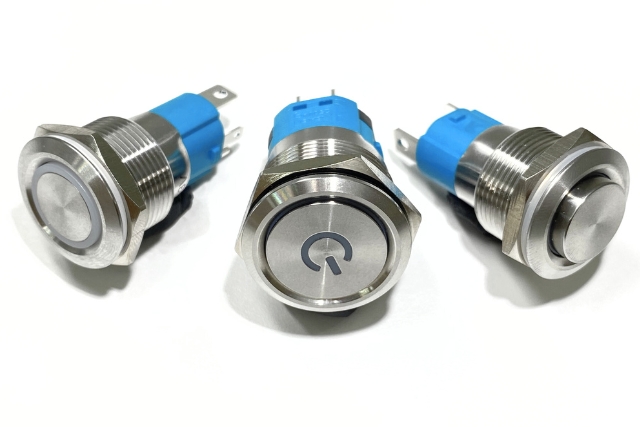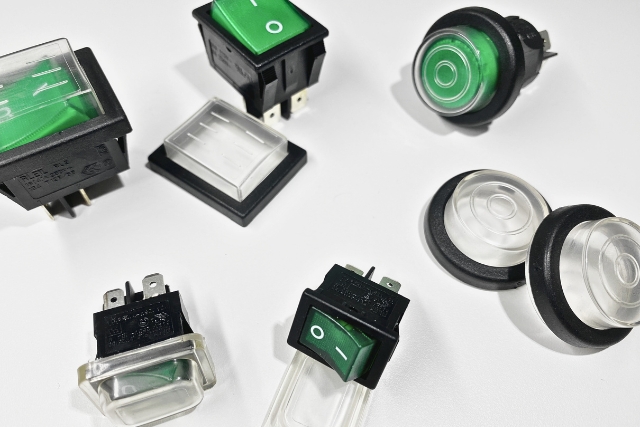In environments where safety and reliability are a priority, having robust, high-performance components is essential…
What is a residual current device and why is it essential?
Imagine a state-of-the-art electrical installation, precisely designed to meet the highest international standards. Everything works correctly until a tiny current leak puts both the equipment and the safety of people at risk. How is this invisible fault detected? The answer lies in a device that often goes unnoticed but is essential: the residual current device. What is a residual current device and why is it an essential component in any installation?
What is a residual current device?
The residual current device is a protection device whose main purpose is to detect electrical current leaks in an installation, usually connected to ground. When an electrical current follows an unintended path, for example, through the human body or toward non-conductive metal parts, a difference arises between the current entering and exiting the circuit. By detecting this difference, the residual current device cuts off the power supply in milliseconds, preventing personal injury and property damage.
There are different types of residual current devices, each adapted to specific types of leakage current. AC-type RCDs are the most common and detect pure alternating currents. Type A RCDs extend their detection to include pulsating DC currents. Type F RCDs detect high-frequency currents and are designed for electronic devices such as heat pumps or washing machines with inverters. Finally, type B RCDs are the most comprehensive, capable of detecting alternating, pulsating, and pure DC currents, such as those produced by electric vehicle chargers or photovoltaic systems.
Current regulations, both European and national, require the installation of RCDs in most environments. In Spain, the Low Voltage Electrotechnical Regulation (REBT) regulates their mandatory use and defines the technical specifications they must meet depending on the type of installation.
Maintenance: how and when to use the TEST button
An installation with correctly selected and installed RCDs is not sufficient if their proper functioning over time is not ensured. Therefore, all RCDs incorporate a TEST button. This button simulates an internal current leak, which, when detected by the device, should cause its immediate disconnection. Pressing it is a direct and effective way to verify that the system is operational.
The recommendation is to press this button every 3 to 6 months, depending on the environment and the level of demand of the installation. In critical applications such as electrical panels in large industrial plants or automation systems, this interval can be shortened. It is important that this test be integrated into the preventive maintenance plan of any professional electrical installation.
If the device does not respond when the test is pressed, it must be replaced immediately. Lack of periodic verification compromises the importance of the RCD and its ability to respond when needed.
A small device with a critical impact
Knowing what a RCD is goes beyond a technical definition. It means understanding that we are dealing with a vital component whose presence is as mandatory as it is strategic. In both residential installations and complex industrial environments, its proper functioning can make the difference between a simple anomaly and a serious accident.
The importance of the RCD lies in its ability to respond before irreversible damage becomes irreversible. It detects what is invisible to the naked eye, interrupts power in milliseconds, and protects both human lives and high-value equipment. As manufacturers of electrical appliances, understanding their operation and ensuring their maintenance is not just a matter of regulatory compliance: it’s a commitment to quality, safety, and energy efficiency.



